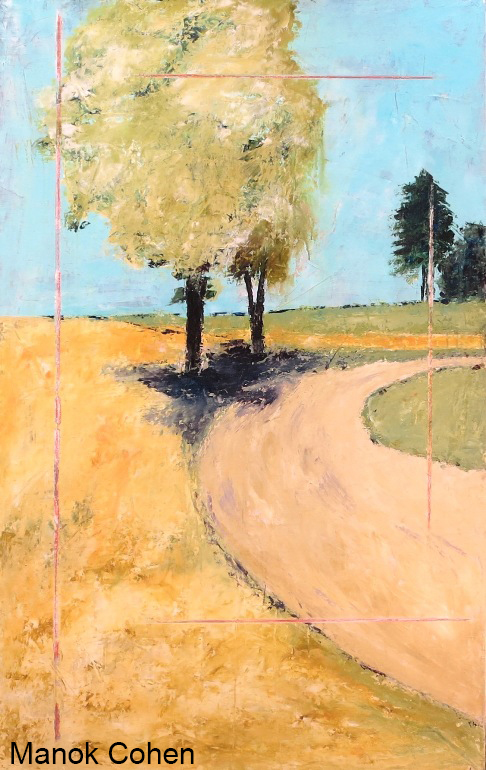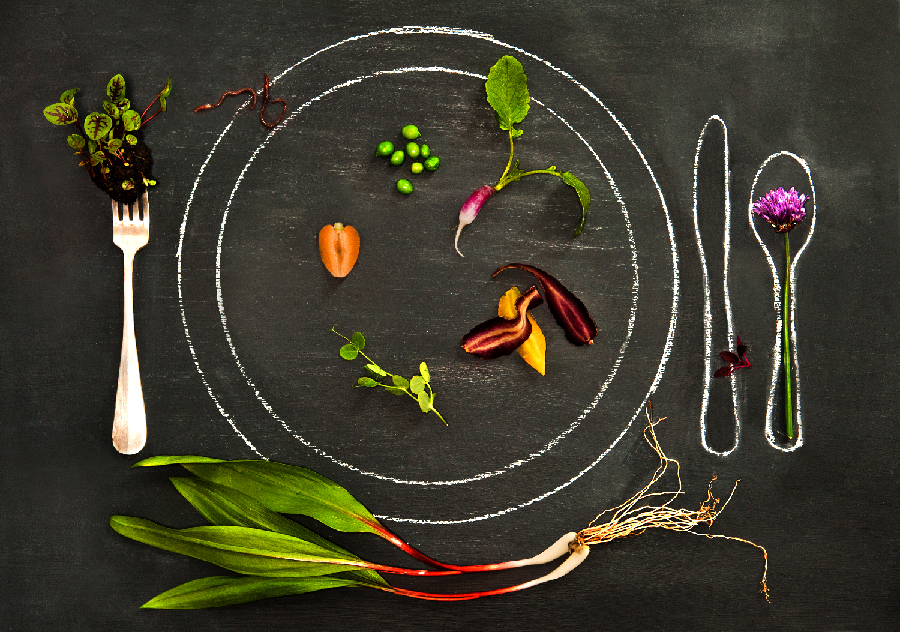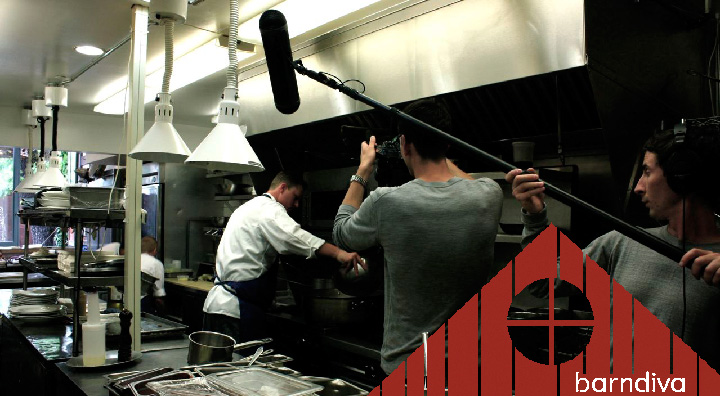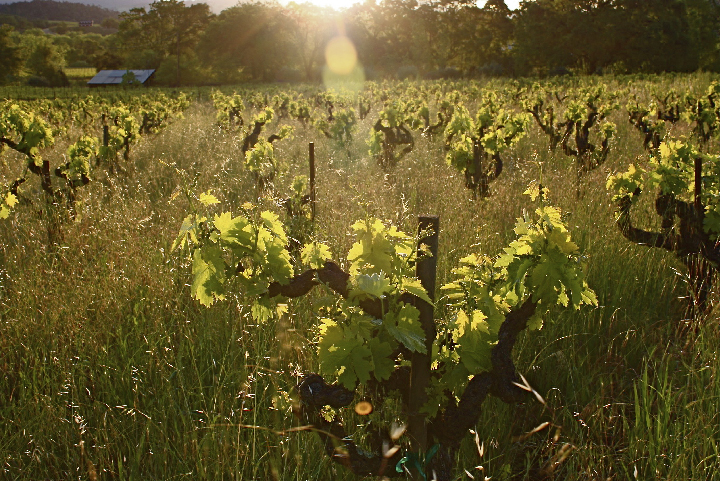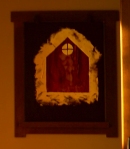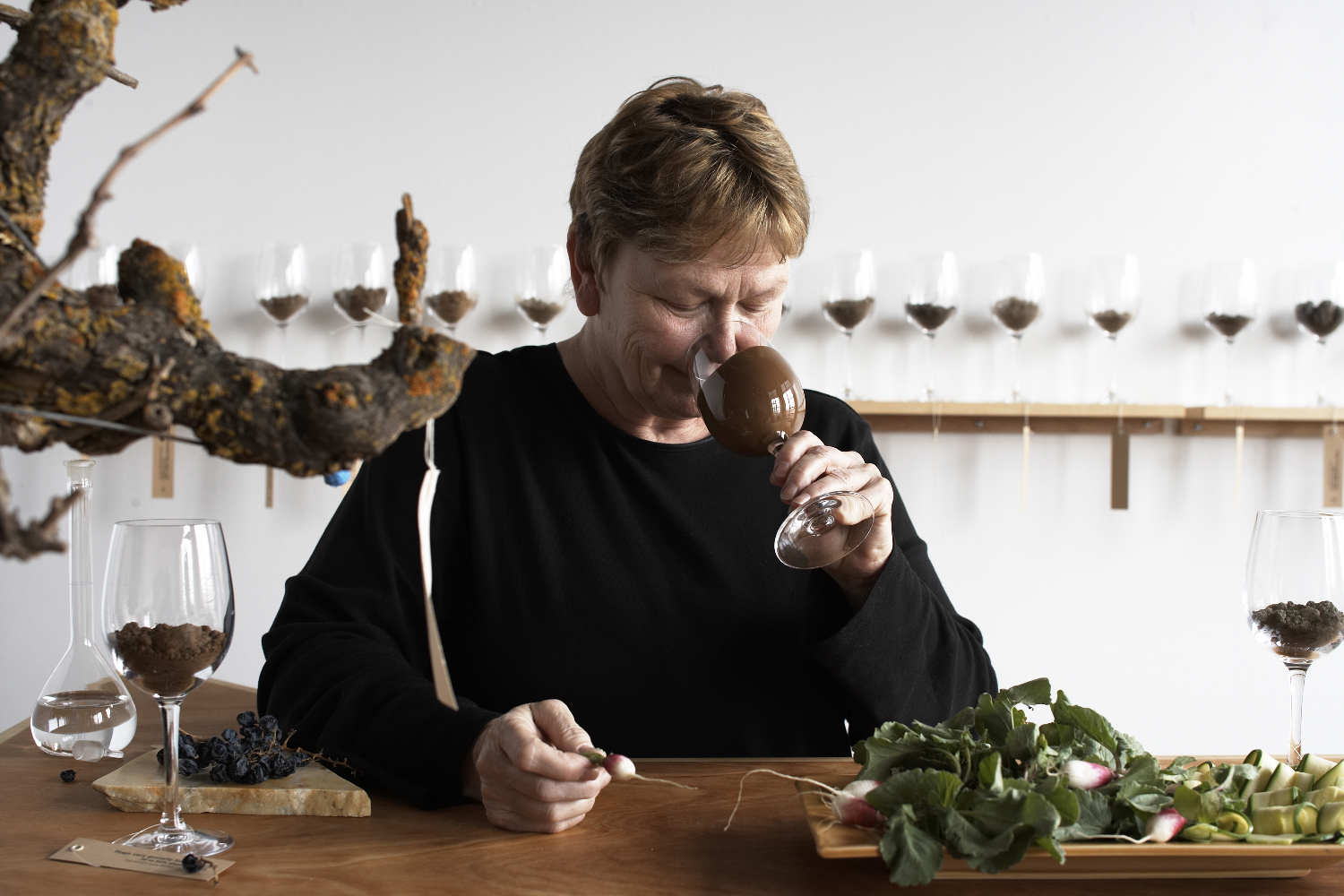A few months ago we were confronted with a quandary. Our lives at Barndiva have always been, first and foremost, about creating exciting food and drink experiences. We strive to do this by nurturing new talent, pushing the creative envelope, consistently strengthening the ties that keep the farmer to chef connection thriving.
We are blessed with a Chef who remains fully committed to ‘touching’ every plate that leaves the Barndiva kitchen, but increasing numbers of people want to experience Ryan Fancher's food in spaces we’ve designed. The time had clearly come for us to expand, and where else but next door, in the shiny new kitchen we had built for our events and private parties.
Ryan was hankering to put a new spin on classic French Country, cooking which would reflect the easy, brassier style of our early days in town, and he has an extremely talented sous chef, Andrew Wycoff, raring to lead the new kitchen. I have been longing to curate a highly edited selection of fine artisanal spirits; daughter Isabel was game to produce a series of B&W film montages and a playlist that wasn’t just about filling space with white noise; Lukka wanted to book more live music.
The only question that hung over all this enthusiastic dreaming was what would become of the art gallery inside the studio. How could we move forward without giving up what we cherished most about Studio Barndiva as it began to fill with bistro tables, wire couches, deep leather armchairs.
When we first opened the Studio we produced a card that proclaimed: “We All Forage,” and I still believe that sentiment to be inherently true. We filled the space with "Beautiful Objects, Made with Respect" (another of our early aphorisms), handmade arts and crafts that resonated in a way that things designed by algorithm, easily found on the internet, cannot. Sourcing Vetiver nests from Africa, recycled glass chandeliers from Syria, handwoven Balinese batiks, stinging nettle runners from Kathmandu, brought the world closer, in a meaningful way. Perhaps it even helped a few small artisan economies survive.
But over the years it had become increasingly clear that the real heart of the gallery lay closer to home. Whether showcasing remarkable singular talents like Manok Cohen, Seth Minor, Ismael Sanchez, Susan Preston, Jordy Morgan, John Youngblood, Chris Blum, Wil Edwards, or hosting collaborative exhibits like Laura Parker's Taste of Place and Salon de Sens, the art which captured our attention the most returned again and again to explorations of a similar theme: how we define and encourage meaningful connections to the landscape that surrounds us. One that, like it or not, is rapidly changing.
There is no reason to think a bistro within a gallery that hews to this directive won't inform and delight; if anything it might even allow us to burrow deeper into performance art and music, venue underrepresented but very much alive in our exceptional and happily expanding north bay community.
It has been an incredible honor to have a space in the center of town that’s continued to flourish while being able to change, to do its own thing in its own inimitable style. For that we give thanks for your support all these years. We have loved every new incarnation – but it’s a love that needs to keep growing, as much for Ryan, Drew and the kitchen, as for our artists.
While many of the artworks and antiques that surround you as you drink and dine in The 'new' Gallery are now part of our permanent collection, we hope you'll look around for the tags, spend some time with some of the remarkable local artists whose work we will continue to exhibit for sale.
The Gallery Bar & Bistro has only been open for a few months (our prix fixe Sunday Suppers are probably the worst kept secret in town) and we're incredibly pleased it's already become a space that encourages a lively exchange of energy and conversation- for us, an integral and joyful part of the experience of dining.
On Friday, June 17th, we will add one more piece to 237 Center Street's portmanteau as we open The Gallery Garden to the public for the very first time. Come enjoy the music of Sunday Gravy, the first band up in what we hope will be a monthly series.
The exhibit that opened Barndiva, coming up on 12 years ago, was called "A Taste of Art." While so much has changed for Barndiva, and for Healdsburg, in the ensuing years, there is sweet irony that we continue to explore, honor, and expand what those words mean. Having an art gallery- with a bistro inside- is our version of having your cake and eating it too. Come by and have a taste. Eat the View!
